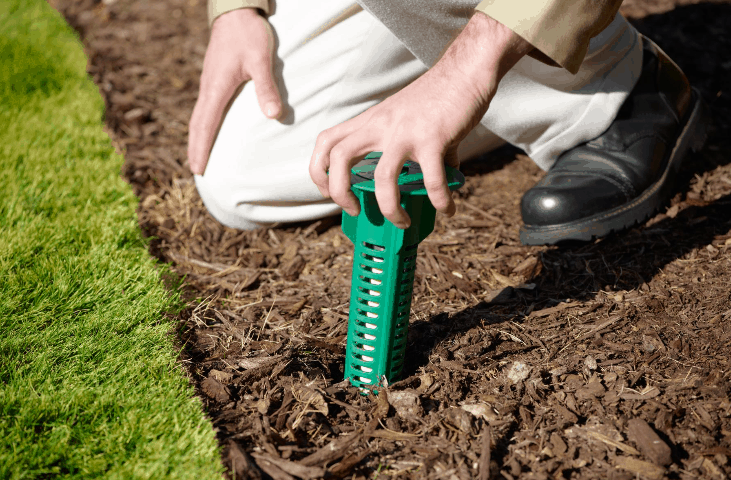Does Liquid Termite Treatment Work in Frisco?

Termites can cause thousands of dollars in damage before they are even detected. That is why many residents want to stop or eliminate these silent invaders. Saela Pest Control usually uses liquid termiticides against termites. But how effective is it for homes in Frisco’s unique climate and soil conditions?
Liquid termite treatment creates a protective barrier around and beneath your home. Pest control specialists apply the liquid termiticide into the soil around the foundation, under slabs, and near entry points. The treatment either kills termites on contact or allows them to carry the product back to their colony. This leads to the gradual elimination of termites and prevents new ones from invading. This type of treatment has been used for decades, but modern formulas are more advanced. Many of today’s liquid termiticides repel termites and transfer through contact, impacting the colony at the source.
How the Treatment Works Against Termites in Frisco
Frisco’s warm, humid climate and clay-rich soil make it a prime spot for subterranean termites. These termites live underground and tunnel up into homes in search of wood. Liquid termite treatments are especially effective against them because they target their main travel route, which is the soil. Pest control experts at Saela saturate the soil along the perimeter of your home. Termites traveling through this area come in contact with the treated soil. The liquid adheres to their bodies, spreading from one termite to another through physical contact. Over time, the treatment reaches deep into the colony, disrupting its ability to reproduce and survive. This process helps break the termite life cycle and provides lasting protection.
Why Frisco Homes Benefit from Liquid Barriers
Homes in Frisco often feature slab foundations, wooden framing, and landscaped yards. The soil type in the area retains moisture, which termites need to thrive. Because of this, a soil-based treatment such as a liquid barrier can work well.
The barrier that surrounds the entire structure forms an invisible shield that termites can’t bypass without exposure. This continuous protection is valuable in neighborhoods with high termite activity or where nearby homes have a history of infestations. Also, liquid treatments can reach hidden areas that bait systems might miss. Termites that tunnel beneath patios, garages, or driveways can still be stopped when the soil underneath is treated.
How Long Does the Treatment Last
Depending on the product and soil conditions, a professional treatment can remain effective for five to ten years. However, several factors can influence how long it lasts. These include:
- Soil movement or erosion. This can reduce the barrier’s strength.
- Heavy rain or irrigation. This might dilute or wash away some of the product.
- Landscaping changes, such as digging, planting, or construction. These can disturb treated zones.
Pest control experts usually recommend periodic inspections and reapplications when necessary. These follow-ups ensure the protective barrier remains intact.
Comparing Liquid Treatment to Other Methods
Liquid termite treatments aren’t the only option, but they may stand out for their effectiveness and speed. For instance, bait systems attract termites to stations placed around the home. Termites that feed on the bait spread the slow-acting toxin throughout their colony. This method can be effective, but it takes longer to eliminate active infestations.
Also, foam or dust treatments target specific spots where termites are found, such as wall voids or wood beams. These localized methods work well for small infestations but don’t provide the same full-property protection as liquid barriers.
Meanwhile, liquid treatments combine prevention and elimination. They work quickly, defend large areas, and stop termites before they reach the structure.
Importance of Professional Application
Liquid termite treatment works effectively if applied professionally. It requires precision and knowledge of termite behavior, soil composition, and construction design. Pest control technicians dig trenches around the foundation. Sometimes, they drill small holes into concrete or brick areas to inject the termiticide deep into the soil. This ensures every potential entry point is treated. The completed barrier will act continuously, offering year-round protection.









